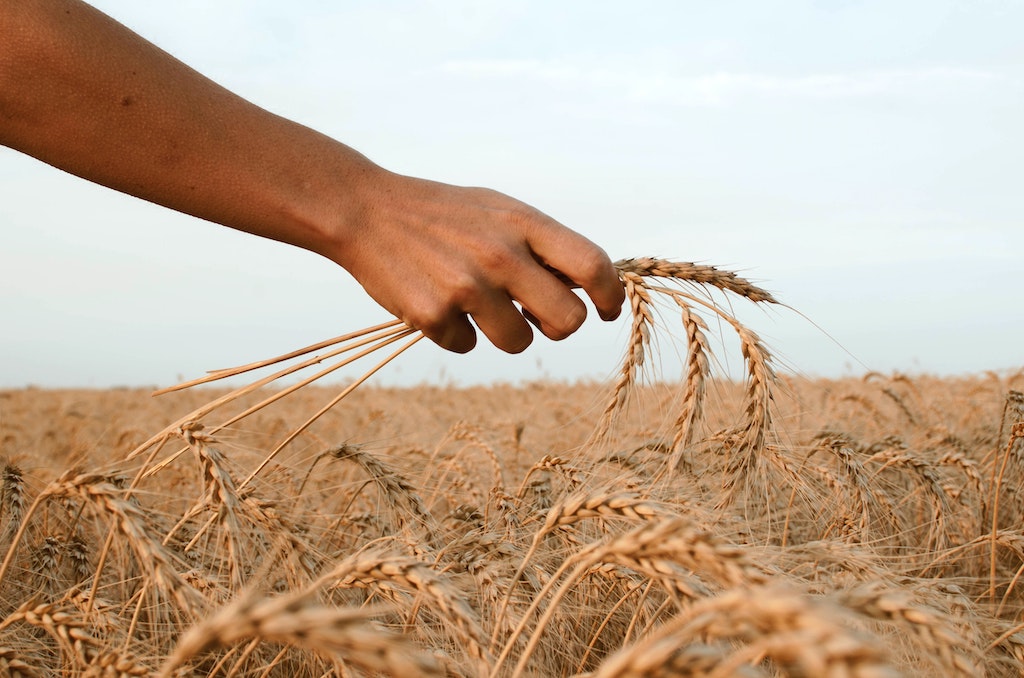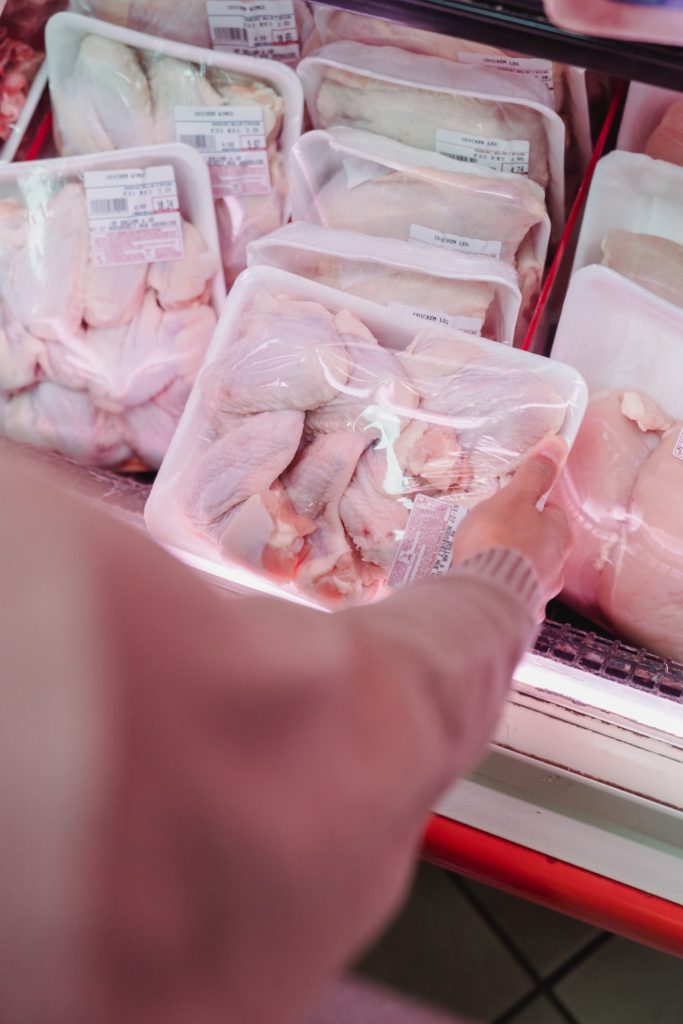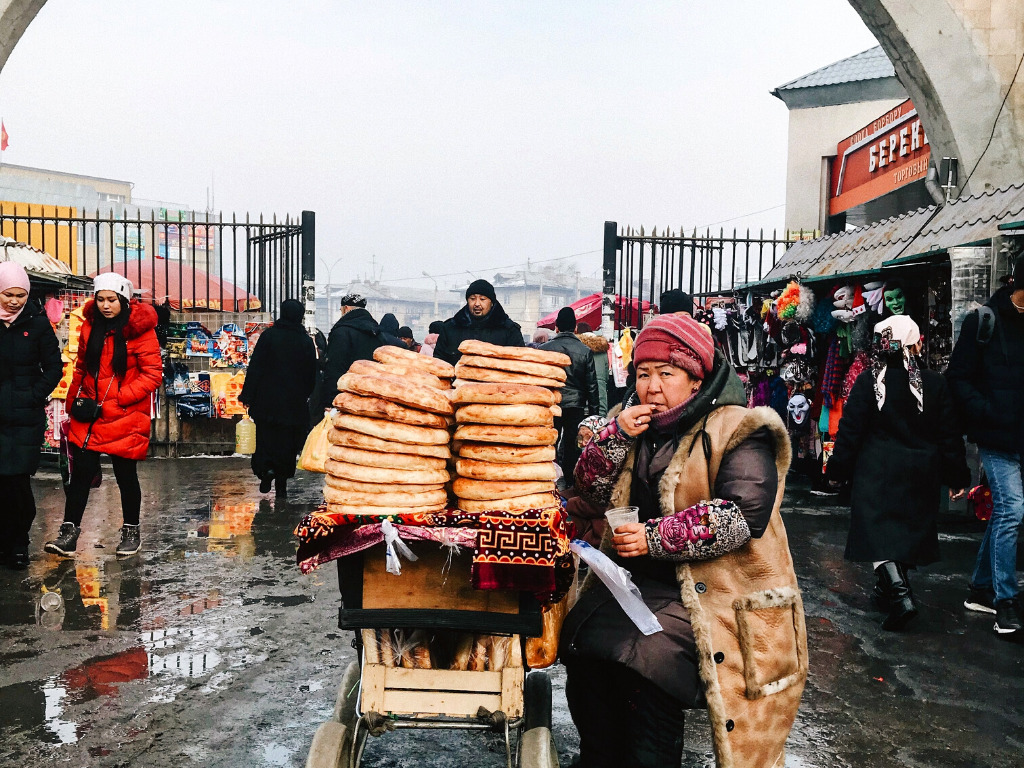4 Mins Read
The Russian invasion in Ukraine is being felt around the world as world leaders, businesses, NGOs, and concerned citizens rush to support the besieged country. Its implications though stretch far beyond just a humanitarian crisis; it’s already led to increases in oil prices, and it’s taking a toll on food prices, too.
Ukraine, also known as “Europe’s breadbasket,” is a world leader in the production of grains and seed oils. Much of the country’s exports go to North Africa, the Middle East, South Asia, as well as other European countries.
Russia too is a leading producer of key agricultural crops. Combined, the two countries exported nearly 60 percent of the world’s sunflower, safflower, and cottonseed oils in 2020, 24 percent of barley, and 26 percent of wheat and meslin.

Rising food prices
The conflict in Ukraine is expected to send food prices spiking in an already volatile food market where prices had spiked to their highest in more than a decade. But it’s not the first time. In 2020, during the early days of the pandemic, Russia ceased grain exports just like it had done a decade before after drought and wildfire devastated its agricultural sector. Both of those episodes increased grain prices around the world.
“The crisis comes at a moment when international food markets are already struggling with soaring prices and the continuing fallout from the COVID-19 pandemic,” said Adriana Herrera, chair of the Agricultural Market Information System (AMIS) of the G20 countries. “Apart from causing humanitarian hardship in the region itself, the crisis risks jeopardizing the food security of millions of people around the world who depend on affordable food from international markets for their daily subsistence.”
Russian sanctions
AMIS is urging its member countries to not sanction Russia in ways that would disrupt global food supplies.
“In view of the abrupt escalation of developments in the Black Sea region, I call on all parties to keep food and agriculture markets sheltered from this conflict,” Herrera wrote. “As leading producers and exporters of cereals, the Russian Federation and Ukraine are crucial players for safeguarding global food security.”
But countries have already embargoed Russian exports. China, for example, is taking about a third of its normal wheat supplies from Russia.
“It’s yet one more instance of conflict surfacing in the world at a time when the world just can’t sustain it,” Steve Taravella, senior spokesperson at the World Food Programme (WFP) of the United Nations, told Vox. “Hunger rates are rising significantly globally, and one of the largest drivers of hunger is manmade conflict.”
Add to that, a food system destabilized by the pandemic and the climate crisis, and rising food prices could be devastating for countries like Egypt and Turkey, which import 70 percent of their wheat from both Ukraine and Russia.
U.S. organic chicken
One of the biggest casualties for the U.S. could be the organic chicken sector, which comprises about six percent of all chicken sales in the country. Ukraine is a leading supplier of organic oilseed and grain to the U.S. organic chicken industry.

“We continue to actively monitor the ongoing situation for any potential impacts to agricultural markets and our farmer partners,” said Perdue Farms spokesperson Diana Souder. Perdue is one of the leading producers of organic chicken in the U.S. “An extended closure of Ukrainian grain processing and exporting capacity has had, and will continue to have, an impact on world grain and oilseed prices as well as input prices for farmers.”
U.S. and Canadian farmers are not in position to fill the gap—at least not for organic crops; less than two percent of all U.S. farmland is certified organic, and the bulk of it is alfalfa.
A cease-fire could bring relief, but factors including the state of Ukraine’s transport sector after attacks, could keep prices high. Add to that the ongoing U.S. drought and poor harvests in Brazil–a leading soybean producer—and food prices aren’t likely to come down anytime soon.
Featured image by Irene Strong on Unsplash



